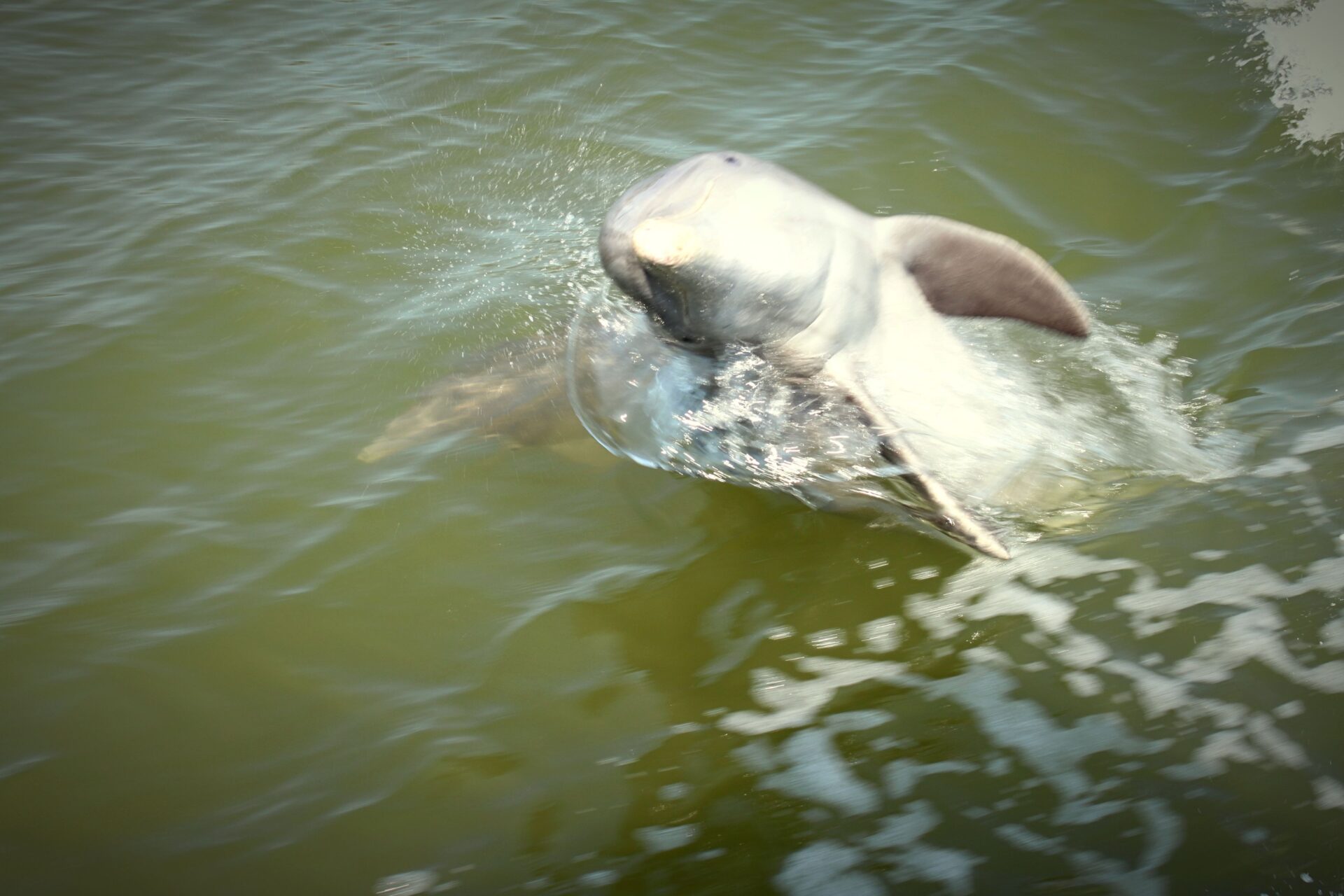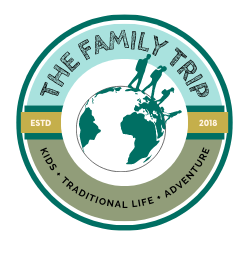
I am not sure what my expectations were, but I realized suddenly that I was in the Everglades with my children. This is the park of legends…of swamp monsters and mosquitoes…of kayaks and marshes….
Or so I thought.
Instead, my family and I were on a pontoon boat in the middle of the Ten Thousand Islands portion of the park, listening to a ranger talk about the history of the area. The landscapes were vast, with murky water everywhere.
The Everglades was different than I had anticipated.
To be honest, planning our family excursion here was overwhelming. The Everglades National Park is all water. And while you can know that, you can’t really comprehend that until you see it (or try to plan a trip to explore it). There are three distinct areas of the park, which eat up the bottom tip of Florida; we were on the side closest to Fort Myers and Tampa, part of Everglades City. There are so many activities to choose from, but choosing is a must. This isn’t a place for hiking or blind exploration.

We opted not to do kayaking simply because of our boys’ ages (interestingly, they advise you against paddling in the Everglades without a guide since far too many people get lost). Airboats are not allowed inside the park proper. Most private outfitters had tours far outside our budget. Thus, we were relegated to what was my last pick: the ranger pontoon that runs out of the park.
But, friends, I was so wrong. This was the perfect speed for us and absolutely fantastic. Even though the time of our visit was considered high season, there were very few families on the boat with us. The ranger was young, had lived in the area pretty much his whole life, and knew so much. He was an enthusiastic representative of the Florida Everglades.

The boat captain was appropriately rough and weathered but knew all the best spots where his animals hung out – for, truly, the wild marine life felt like his pets, he knew them that well and loved them that much.
We didn’t see any manatees (at least, not on this stop), but we were closer to dolphins in the wild than I had ever experienced. They played in our wake, looked at us, and followed us. Pretty sure they wanted to come home with us.


It is hard to believe that this entire area was subject to destruction and development. The current park, while massive, is only 20% of the original Everglades. I know that environment has to give way to civilization as the human race continues to grow (I personally don’t want to live off the land -I like having a fridge and a comfy bedroom, thank you very much), but this entire region is a vast wilderness that defines the rest of the United States. There are nine distinct yet interdependent ecosystems in the Everglades – NINE! Should you ever doubt that the world is connected, sit on a boat in the Everglades for an hour. Every ripple of water here makes waves up and out, making our entire geography and wildlife what they are.


This is the third largest park in the US (behind Death Valley and Yellowstone, which you may recall our experience) and was the first established to protect wildlife, not landscapes or vistas. Of course, that doesn’t mean the Everglades National Parks doesn’t have views. But since 1947, this park has been about saving our Earth. After all, it is one of only 3 places in the world to be declared as an International Biosphere Reserve, a World Heritage Site, and a Wetland of International Importance
After our amazing experience in the Everglades, there wasn’t much left to see. The Visitors Center here (where we got our stamp, of course) was ravaged by Hurricane Irma so currently is a desk operating out of a trailer.


We grabbed an outdoor lunch at Triad Seafood (one of the places recommended by our boat guide), where we tasted the local cuisine: stone crab claws (which are harvested sustainably) and gator tail (which I felt kind of bad about later, after holding one – keep reading to believe it).



We drove over to the Big Cypress National Preserve, but there was only a short boardwalk to enjoy. It was here that we saw our manatees, lingering right off the banks under us, lazily rolling through slight currents, occasionally sniffing their snouts up to say hello.

We had reservations for an airboat ride later that afternoon as one can’t possibly be in marshy gator-land without a Florida native thrashing you around in a flat-bottom boat with an airplane propeller strapped to it.
We chose Corey Billie’s based on TripAdvisor recommendation, cost, location, and the fact that we could get a 45-minute boat ride only (as opposed to places booking half day and full day excursions that would have been too much with the kids).



I was pleasantly surprised. I had assumed that this would be the exact opposite of environmental conservation (I am still unsure of how these fan boats affect vegetation), but the outfit we were with was a huge advocate of saving and honoring resources. They raised and protected alligators, for one. And while I have a fear of these beings and their creepy side-eye stare, I came to appreciate them simply from our stop here. The gator handler clearly loves and adores alligators, sharing each one’s personality. I am not sure if he was anthropomorphizing them or if gators legitimately have such distinct personalities. It’s hard to tell from their creepy side-eye stares what they are thinking (besides that they want to eat me).

While fires burned across acres of Naples behind us and the waters oozed mud and life in front of us, my fascination with the Everglades grew. How much this wildlife means to humans is hard to comprehend – and because it is beyond understanding, we tend to gloss over it or simply take it for granted. I am still not sure, with just one short day trying to take it all in, that I even fully appreciate what the Florida Everglades National Park means – not just to Florida and wildlife but to the future of the planet for my kids and their kids. But I feel like I came one ripple closer.
Learn more about Everglades National Park: www.nps.gov/ever
Last Updated on April 26, 2018 by Mrs. Family Trip
